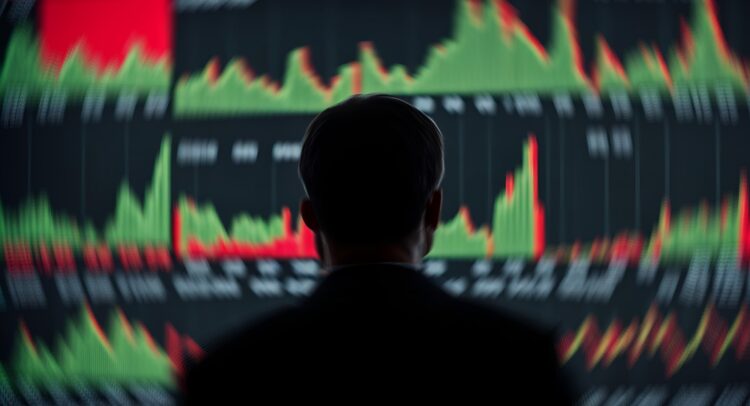Today was a day to forget for stock investors. Indeed, the Nasdaq 100 (QQQ), the S&P 500 (SPY), and the Dow Jones Industrial Average (DIA) finished today’s trading session in the red following Trump’s tariff announcement yesterday. An increase in layoffs didn’t help things either. This led to significantly higher than usual volumes across all three ETFs, with the SPY seeing the highest at over 76 million shares traded. For reference, the average is 56.75 million. Interestingly, the energy sector (XLE) was the biggest loser, while the consumer staples sector (XLP) was the winner.
Earlier today, some Federal Reserve leaders weighed in on how President Trump’s new tariffs might affect the U.S. economy. Fed Vice Chair Philip Jefferson said on Thursday that, with the economy still doing well and inflation from tariffs starting to rise, he doesn’t see a need to rush any changes to interest rates. He noted that there’s a lot of uncertainty around trade and other recent policy changes, like immigration and government spending. Jefferson said that the Fed needs to carefully watch how these shifts impact inflation and jobs before deciding on its next move.
Separately, Governor Adriana Kugler added that the effects of tariffs will take time to show up in the economy. Speaking at an economic policy event, she explained that because the tariffs are being announced gradually, their impact will be spread out. Kugler also warned that if other countries retaliate, the effects could last even longer. She said inflation is already rising in the short term, and if the trend continues, long-term inflation expectations could also climb. That would mean consumers end up paying more for everyday goods that used to be cheaper.
Both officials agreed that the Federal Reserve should stay flexible as these new trade policies play out. Jefferson said that the Fed’s current interest rate range of 4.25% to 4.50% still fits today’s conditions, but that could change if the job market weakens or if inflation drops faster than expected. While the Fed is hoping inflation eases on its own, Jefferson and Kugler both highlighted that the combination of tariffs and policy changes could create more lasting effects than economists originally thought.
















